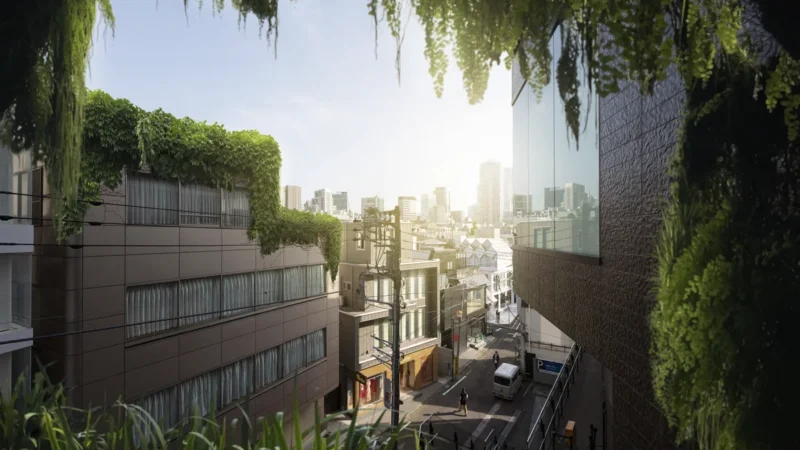Creating Climate-Ready Communities: Building Resilience for the Future

Climate change is a global challenge that affects communities around the world. As the impacts of climate change continue to intensify, it is crucial for communities to become climate ready and build resilience for the future. In this article, we will explore the concept of climate ready communities, discuss the importance of building resilience, and provide practical steps for individuals and communities to take action. Let’s dive in!
Understanding Climate Ready Communities:
A climate ready community is one that has taken proactive measures to adapt and mitigate the effects of climate change. It involves building resilience in various aspects, including infrastructure, economy, environment, and social systems. Climate ready communities recognize the need to prepare for both the immediate and long-term impacts of climate change, such as extreme weather events, sea-level rise, and shifting temperature patterns.
Importance of Building Resilience:
Protecting Lives and Property:
Building resilience helps safeguard lives and property from the increasing risks posed by climate change. By understanding vulnerabilities and implementing appropriate measures, communities can reduce the impact of extreme weather events and other climate-related hazards.
Economic Stability:
Climate-ready communities are better equipped to maintain economic stability in the face of climate change. By diversifying industries, supporting local businesses, and promoting sustainable practices, communities can create jobs, attract investments, and enhance their overall resilience.
Environmental Preservation:
Resilient communities prioritize the preservation and restoration of their natural environment. This includes protecting ecosystems, conserving water resources, promoting renewable energy, and reducing carbon emissions, all of which contribute to mitigating climate change.
Steps Towards Building Resilience:
Assess Vulnerabilities:
Understand the unique challenges your community faces due to climate change. Identify vulnerable areas, such as flood-prone regions or areas at risk of wildfires, to prioritize resilience-building efforts.
Infrastructure Upgrades:
Invest in infrastructure improvements that can withstand and adapt to climate impacts. This includes upgrading drainage systems, reinforcing buildings, and implementing green infrastructure solutions like rain gardens and permeable pavements.
Emergency Preparedness:
Develop robust emergency response plans to ensure the safety of community members during extreme weather events. Establish early warning systems, evacuation routes, and emergency shelters, while also educating residents on disaster preparedness.
Sustainable Practices:
Promote sustainable practices at the individual and community levels. Encourage energy-efficient building designs, waste reduction, recycling, and the use of renewable energy sources. Also, support local agriculture and green transportation options to reduce carbon footprints.
Community Engagement:
Foster a sense of community resilience by encouraging active participation and collaboration. Engage residents, businesses, community organizations, and local government in climate-related discussions, planning, and decision-making processes.
FAQs about Building Resilience:
Q: What are the potential risks climate change poses to communities?
A: Climate change can lead to increased frequency and intensity of extreme weather events, sea-level rise, droughts, heatwaves, and disruptions to ecosystems, posing risks to infrastructure, agriculture, public health, and overall community well-being.
Q: How can individuals contribute to building resilience in their communities?
A: Individuals can contribute by adopting sustainable lifestyle choices, supporting local businesses, participating in community initiatives, conserving water and energy, and staying informed about climate change impacts and adaptation strategies.
Q: Are climate-ready communities more expensive to develop?
A: While some upfront investments may be required, climate-ready measures can often save money in the long run by reducing damage from extreme weather events, lowering energy costs, and creating economic opportunities.
Q: How can communities ensure equitable resilience-building efforts?
A: Communities should prioritize equity and ensure that resilience-building efforts are inclusive and accessible to all residents, particularly those in marginalized or vulnerable populations. This includes considering social and economic factors, and involving diverse voices in decision-making processes.


